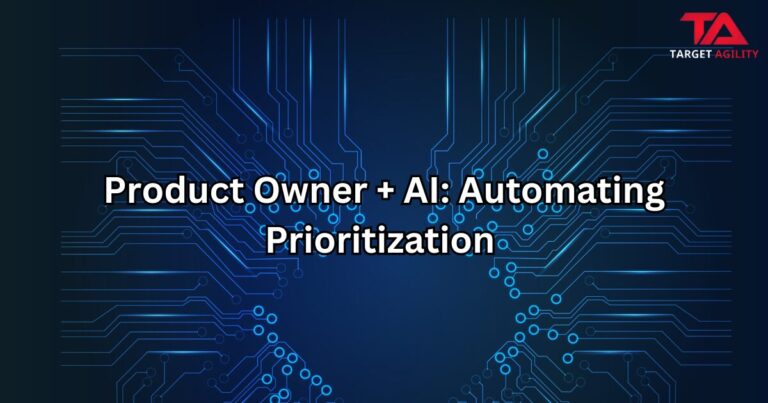As a Product Owner (PO), your job isn’t just to manage the backlog or talk to developers. Your main goal is to make sure your product brings value to the customers and the business.
But how do you know if your product is doing well?
That’s where KPIs (Key Performance Indicators) come in. A good PO keeps track of the right numbers—not just to show progress, but to make better decisions. Let’s look at the most important things you should measure as a Product Owner.
✅ 1. Customer Satisfaction (CSAT or NPS)
This tells you if your users are happy with your product.
- CSAT: Customers rate how satisfied they are with your product.
- NPS: Customers say how likely they are to recommend your product to others.
Why it matters: If users aren’t happy, they’ll leave—no matter how many features you deliver.
Tip: Ask for feedback often, especially after big releases.
✅ 2. Business Value Delivered
This shows if the work you deliver is actually helping the business. For example:
- Is the feature increasing sales?
- Is it saving the company time or money?
- Are more users signing up?
Why it matters: You want to work on what makes the most impact—not just what’s easy to build.
✅ 3. Sprint Goal Success Rate
Did the team meet the goal for the sprint?
Why it matters: It helps you understand if the planning is realistic and if the team is focused.
Tip: Track this regularly. If the team misses goals often, something needs to change.
✅ 4. Time to Market (TTM)
This means how long it takes to deliver something new, from idea to release.
Why it matters: The faster you can deliver value, the more your team can respond to customer needs.
Watch for: Long wait times between idea and delivery. Shorter is usually better.
✅ 5. Feature Adoption Rate
You launched a feature—but is anyone using it?
Why it matters: Just building something isn’t enough. If users don’t use it, the effort is wasted.
How to track: Use analytics tools to see how often people use the new feature.
✅ 6. Bug Rate (Defects After Release)
This tracks how many bugs or issues users find after a release.
Why it matters: Quality is just as important as speed. Too many bugs can hurt user trust.
Tip: Aim for fewer bugs while still delivering quickly.
✅ 7. Stakeholder Satisfaction
It’s also important to know how happy your internal teams are—like marketing, sales, or leadership.
Why it matters: A great PO works well with other teams and keeps everyone aligned.
How to track: Ask for feedback during demos or review meetings.
📊 How to Use Your KPI Dashboard Wisely
- Don’t track too many KPIs. Pick 5 to 7 important ones.
- Use simple visuals like charts or graphs to show trends.
- Watch for patterns over time, not just one-time results.
- Make sure every KPI helps answer this question:
“Is this product creating real value?”
Conclusion
Being a Product Owner isn’t just about building features. It’s about making sure your work helps users and supports the business. A clear KPI dashboard helps you stay focused, make smart choices, and show your impact.
Start with the basics, and improve your dashboard as your product grows. Remember: what you measure guides how you work—so measure the things that truly matter.












